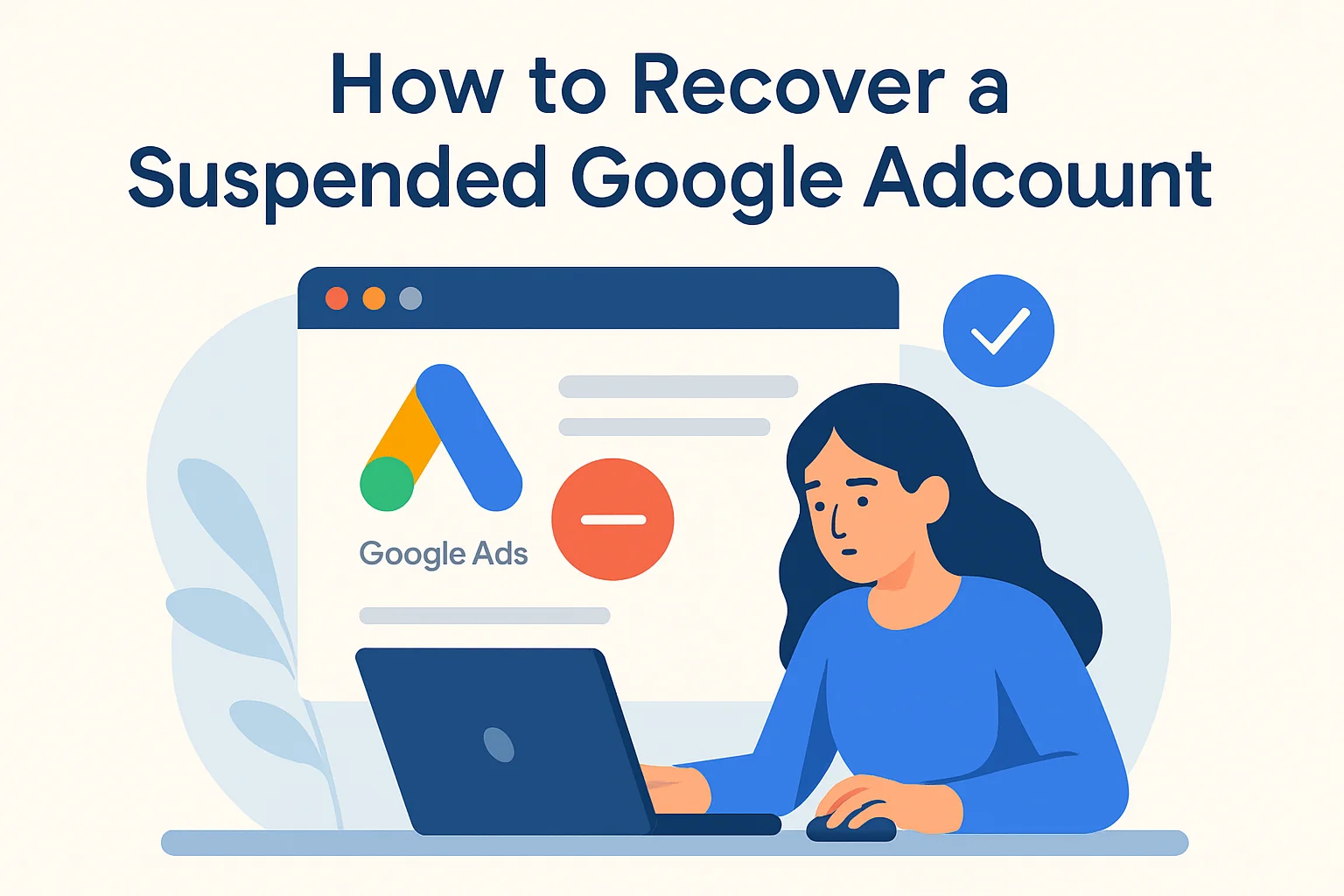Google gets at least 8.5 billion searches every day in 2022. That works out to more than 98,000 searches per second. Think about that, per second!
In fact, there’s a good chance an internet search brought you to this article. I mean I hope since we are an SEO company.
But, that all depends on what you choose to put in the main SEO portions of your pages. A big part of your decision depends on the article title and its description, also known as meta tags.
If you’re trying to drive more organic traffic to your website, keep reading to learn what it takes to write effective meta text in 2020.
Use the Proper Lengths
Meta Titles
While Google itself doesn’t call for any specific length requirements for titles, the shorter the better. If the title is too long, a portion of it could get truncated in the search results. Why is this an issue? Well, because if a user can’t read the full title, they may not see something that would entice them to click.
That said, the new update does expand the number of characters by a handful. But, we still recommend a length of 40-65 characters for titles. Use those characters wisely and try to write a title that’s as informative, specific, and unique as possible. It should also target a keyword that has search volume that you feel your site can attack and rank for at the beginning of the title.
Meta Descriptions
A good length for meta descriptions is between 145 and 160 characters. It needs to be easy to read, but still explain what’s on the web page.
The goal of a meta description is to encourage a reader to click through to the website. It’s like an ad for the web page. That’s why every meta description should include a call to action.
It should also contain a call to action relevant to the page you are trying to land users on. Some good examples would be “Learn more!” or “Shop with us today!”
Keep in mind that Google may still shorten titles and meta descriptions or even pull in its own title and description for what they feel your page is relevant for. That’s why you need to include the most important information and keywords within your meta tags.
The new update also allows for slightly longer titles and descriptions on mobile devices than it does on a desktop. That means you don’t necessarily need to shorten your existing meta text to optimize for mobile.
Ensure the Proper Keyword Usage
Incorporating keywords is still a major part of SEO. But, it’s how you use them that matters even more in 2022.
The 2019 BERT update made it easier for Google to understand natural language context. It rewards websites with natural writing that can give specific answers to search queries.
You need to include the main keyword in both the title and the description. It also needs to sound natural and make sense in context. Sometimes, Google will even highlight the keyword in the search results page, and your searcher will likely click on a result that has highlighted keywords.
One important thing that should never be forgotten about when it comes to keyword usage in your meta tags and on your site, is to not compete with yourself. Every title and description should be unique and target its own keywords. Having two pages targeting the same keyword is only hurting yourself and splitting the equity of your pages.
Spice up Your SERP Listing with Schema Markup
One thing that could absolutely help your ranking and help you obtain more clicks is adding schema or structured data to your web pages.
For instance, if you were to search for a specific product right now you will notice that the amazon organic listing most likely pulls in the star rating and the price of the product. This allows users to gain valuable information right from the search engine results and if the price and ratings are right, it could help Amazon get that click over someone else.
The same holds true for service-based businesses and local businesses. If you can mark up your pages to include reviews or star ratings as well as the price range of your service, it could help you obtain the click over your direct competitors.
Need More Guidance on SEO Best Practices?
Meta tags include the title and description of any web page. It may sound simple, but these two elements have a major impact on whether or not your website gets ranked from Google, which ultimately drives traffic. If Google sees you as relevant enough to rank, then It’s the best way to encourage users to click over to your site. It’s two-fold. Google wants to rank you, but when they do, how do you get the click?
SEO is constantly changing, which is why it’s helpful to get guidance from an expert. Whether you need consulting, a site audit, or content marketing services, LSEO can help. We’d love to partner with you, so contact us today.



